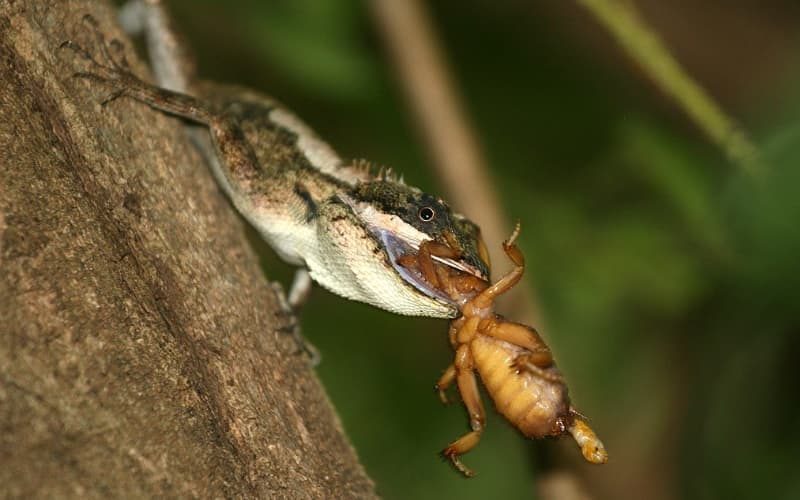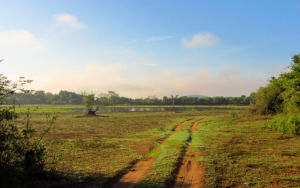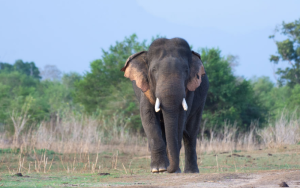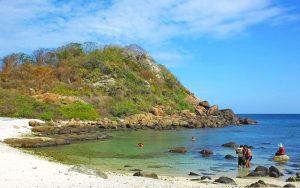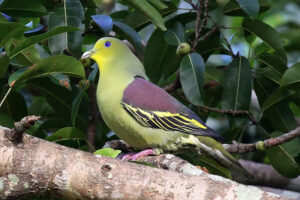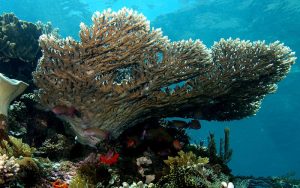About Calotes Ceylonensis
The Calotes Ceylonensis, also known as the Ceylon Bloodsucker, is a species of agamid lizard found only in Sri Lanka. These lizards are fascinating creatures with unique physical features and behaviors. Let’s dive into some interesting facts about the Calotes Ceylonensis.
Physical Appearance of Calotes Ceylonensis
The Calotes Ceylonensis has a unique appearance with a bright red head and throat, while the rest of its body is a dull brownish-green color. The male lizards have a distinctive crest of spiny scales running down their backs, which they can erect during territorial displays. They also have elongated dewlaps, which they use to communicate and attract mates.
Habitat and Distribution Calotes Ceylonensis
These lizards are endemic to Sri Lanka and can be found in a variety of habitats, including forests, grasslands, and agricultural areas. They are most commonly found in the wet zone of Sri Lanka, but can also be found in the dry zone.
Diet and Behavior Calotes Ceylonensis
The Calotes Ceylonensis is an insectivorous lizard, that feeds on a variety of insects such as ants, termites, and grasshoppers. They are diurnal creatures and are active during the day, basking in the sun to regulate their body temperature. These lizards are also known for their ability to change color, becoming brighter and more vibrant when they are agitated or during courtship displays.
Conservation Status
Calotes Ceylonensis is listed as a species of least concern by the International Union for Conservation of Nature (IUCN). However, like many other reptiles, they face threats from habitat loss, poaching for the pet trade, and the introduction of invasive species.
Conclusion
In conclusion, the Calotes Ceylonensis, or Ceylon Bloodsucker, is a unique and fascinating lizard found only in Sri Lanka. With its vibrant colors and distinctive physical features, it is a favorite among nature enthusiasts and reptile lovers. However, conservation efforts must be taken to protect these lizards and their habitats to ensure their survival for future generations. At Ceylon Wild Tours, we provide information that provides an opportunity to observe these incredible creatures in their natural habitats, while promoting responsible tourism practices.

